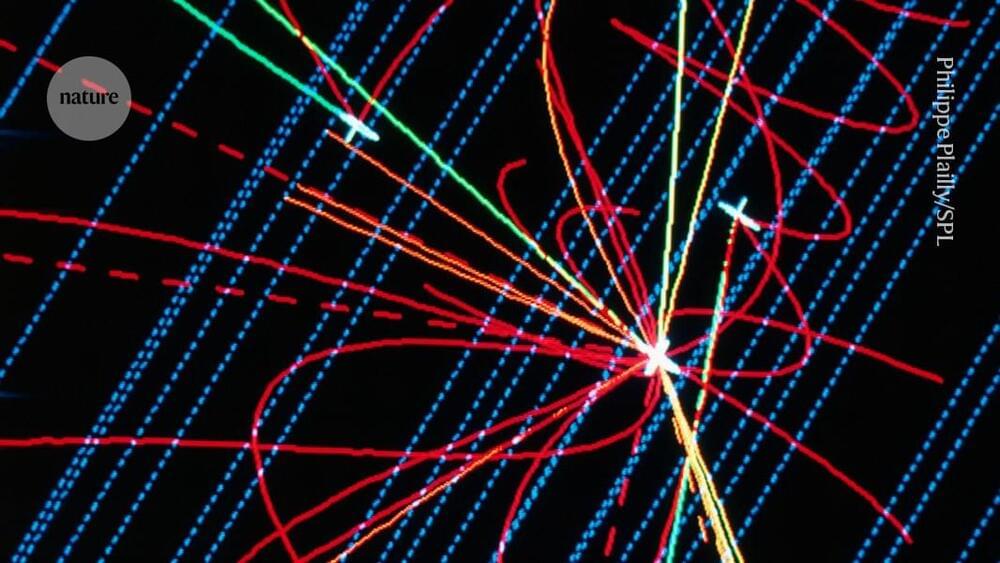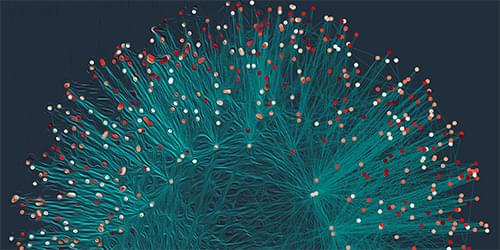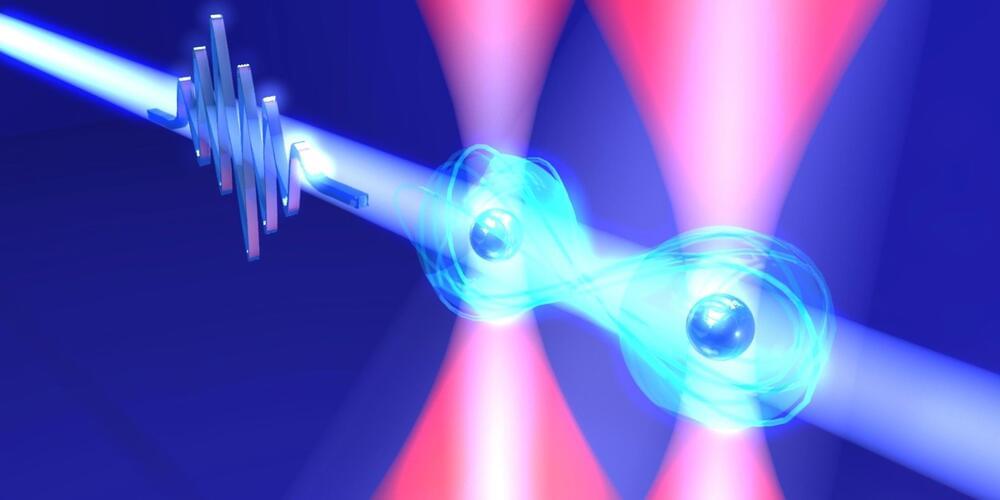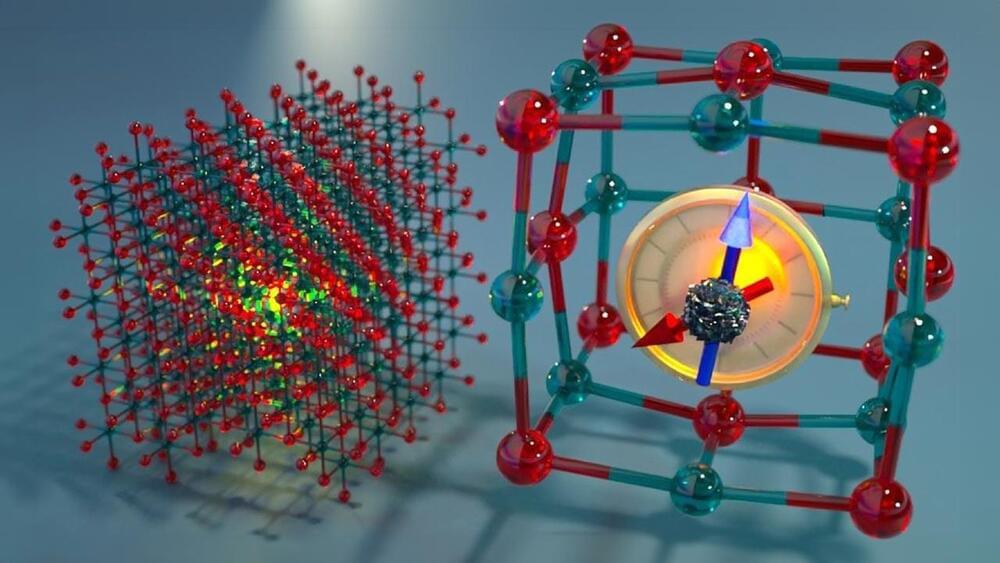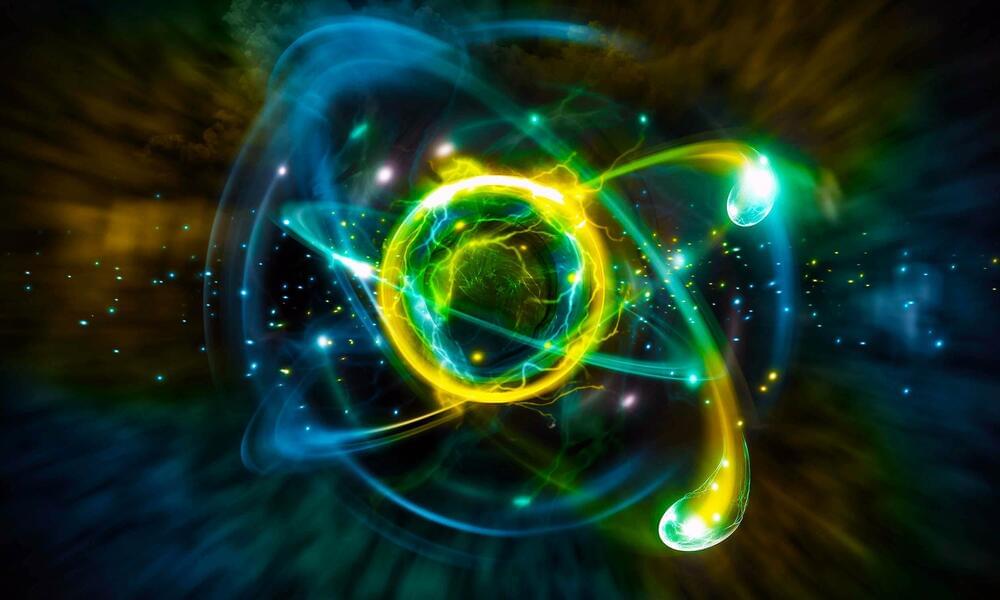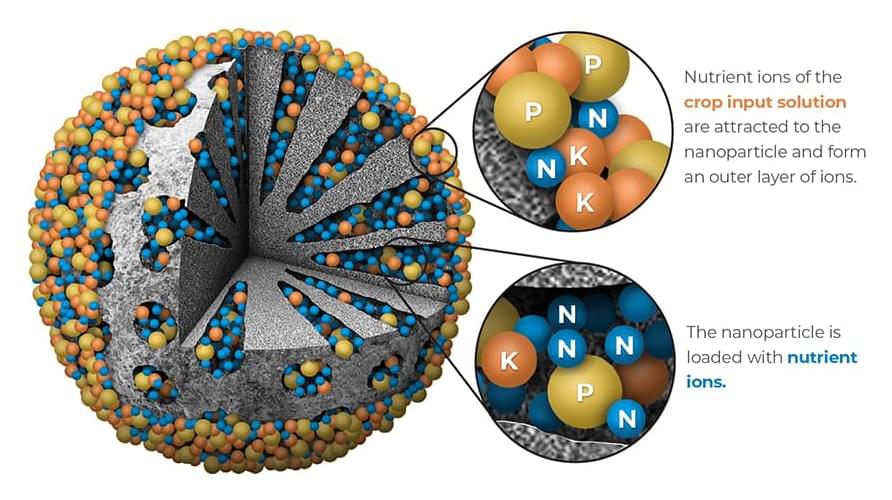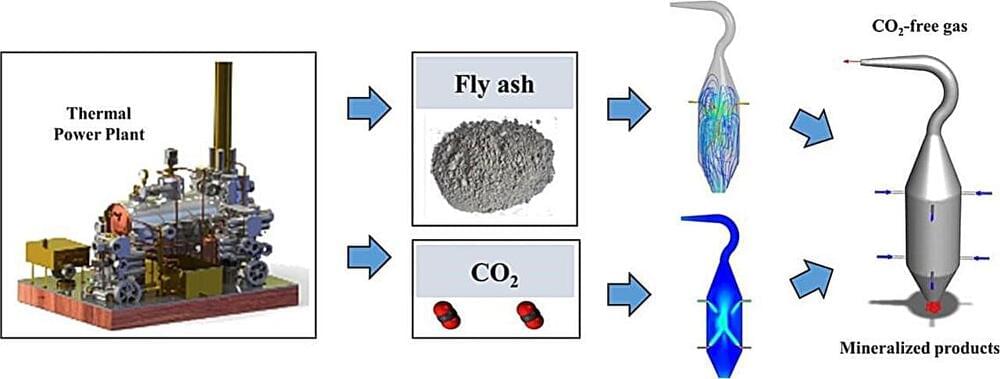A new study reveals that magnesium oxide, a key mineral in planet formation, might be the first to solidify in developing “super-Earth” exoplanets, with its behavior under extreme conditions significantly influencing planetary development.
Scientists have for the first time observed how atoms in magnesium oxide morph and melt under ultra-harsh conditions, providing new insights into this key mineral within Earth’s mantle that is known to influence planet formation.
High-energy laser experiments—which subjected tiny crystals of the mineral to the type of heat and pressure found deep inside a rocky planet’s mantle—suggest the compound could be the earliest mineral to solidify out of magma oceans in forming “super-Earth” exoplanets.


